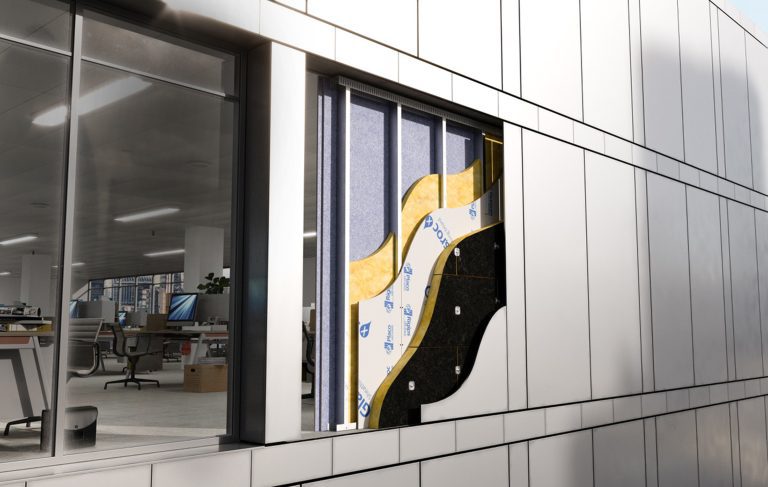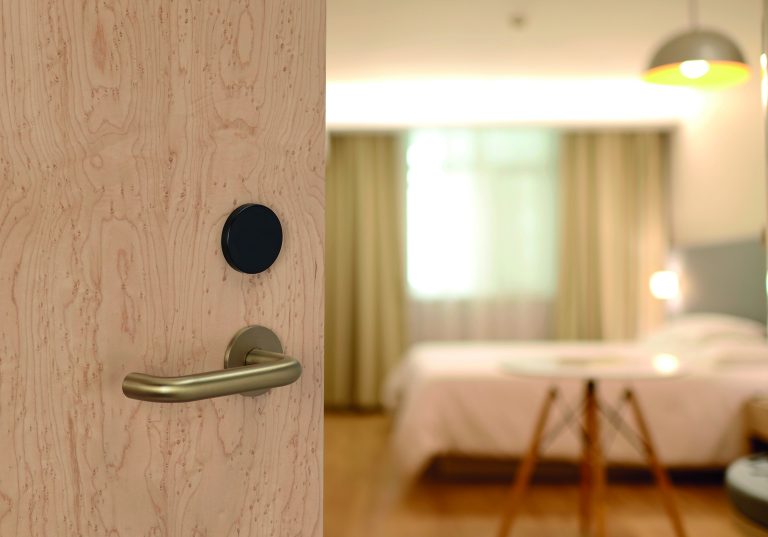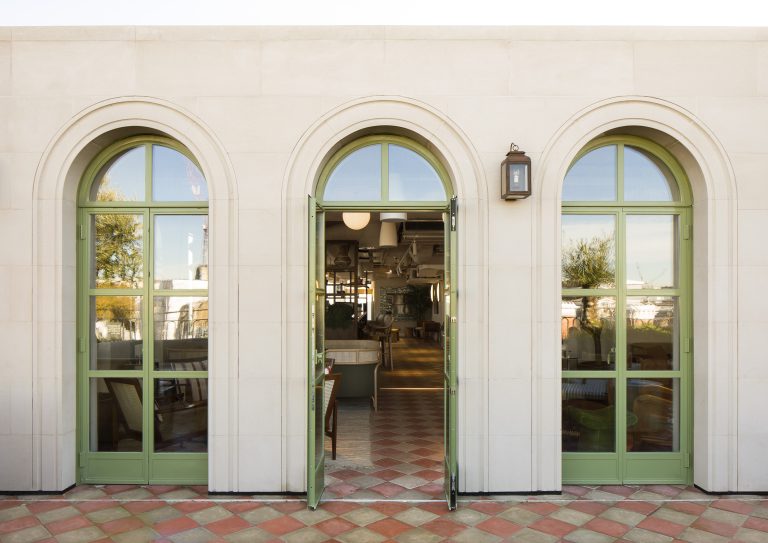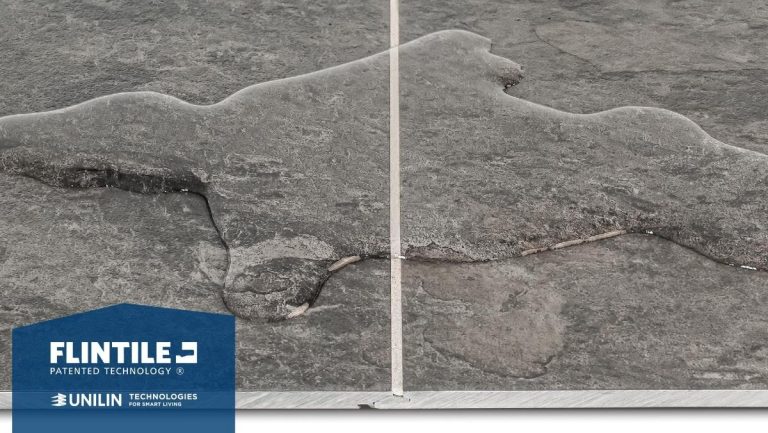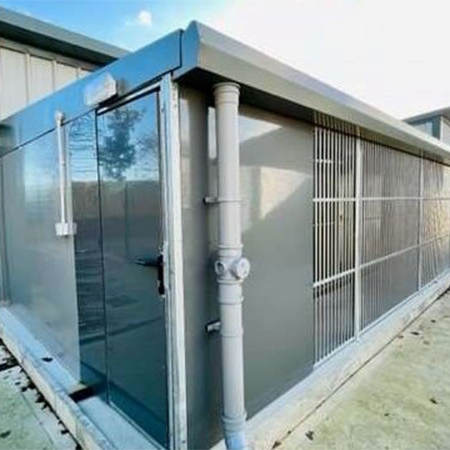The adoption of innovative and interconnected door hardware systems can help overcome the challenges associated with building security, explains Daniel May of Consort Architectural Hardware. The security of our built environment and the safety of its people is paramount throughout a building’s lifecycle. While these elements remain a primary focus at each touchpoint of a construction project, today’s design teams are sooner adopting modern access control systems to address this age-old challenge, but why? Where systems were once rudimentary, modern access control has evolved into a revolutionary factor of building design, unlocking various benefits for its many users in the process. The Internet of Things (IoT) has enhanced building security as we know it, and as technology continues to advance, more options enter the market. Following more than a decade of innovation and integration, the access control market is projected to grow year on year, from £7.8 billion in 2023 to £11.8 billion by 2028. Modern user requirements have led to several operational and technological advancements during this period, and decision makers and design teams alike can now choose from a versatile selection of options. Some door hardware products now utilise smart locks, cloud control and even biometrics for example, and most recently, there’s been a substantial change to the way access control systems operate, with focus moving towards end users and ease of use. From an operational perspective, interconnected access control systems gift users with an intuitive network that improves building security through the use of real-time status updates, while also providing them with the ability to grant instant access approval and denial at the touch of a button. Often, users can operate their building’s various access points through their mobile phone, which has led to improved flexibility and efficiency in most environments – whether at home or in a public access property. The security benefits also become clear when compared to the alternative of physical keys. If a traditional key is lost or stolen, the security of a building becomes at risk until it is found or replaced. Intuitive access control systems are designed to build upon the traditional lock and key methods. By seamlessly integrating smart door hardware into both new and retrofit projects, users can manage access points and improve security across the building – without stifling ease of access, stunting future scalability or unsettling the aesthetics. As many adopt Wi-Fi infrastructures, NFC technology and cloud services into their buildings, decision makers must also consider the need for better standards. While the introduction of IoT may advance security, performance and functionality, it can also introduce new risks which must be mitigated by adhering to both localised and international standards, such as ISO 27001 for example. The Physical Security Interoperability Alliance (PSIA) standard is one of the widely recognised and respected standards for access control products and provides comprehensive requirements for systems by focusing on interoperability, scalability, and functionality. This standard ensures that access control products from different manufacturers can seamlessly integrate and communicate with each other, allowing for greater flexibility and choice when designing a complete access control system. After all, a one size fits all access control solution simply doesn’t exist and decision makers would be remiss in not selecting a product that aligns with their building’s needs while meeting the required standards. Building, Design & Construction Magazine | The Choice of Industry Professionals
